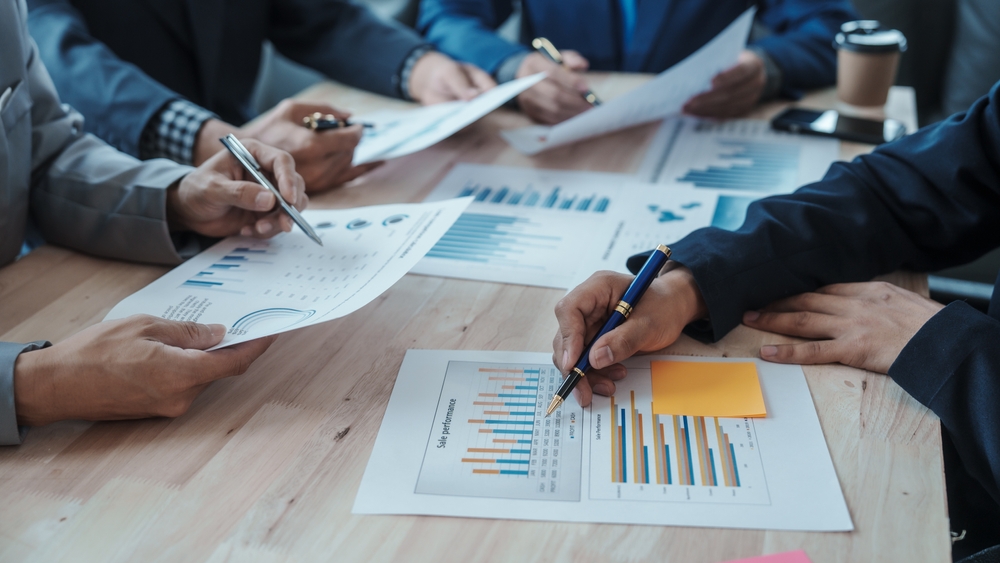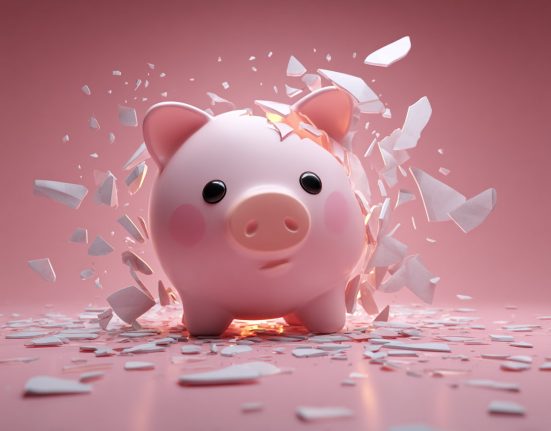What are the things you would want to know before buying a property? Ideally, you would want to see what all does the property entail: its overall size, access to parking, terrace and modular kitchen and other furnishings. You would also want to find out if there are outstanding bills pending against the property such as property tax or bills, etc.
In effect, you would want to judge the worth of the property and any sum pending against it to get an idea of its ‘net worth’.
Similarly, when you want to invest in a company as an investor, you should be curious to know the same two things: amount of assets owned by the company, and the value of liabilities it owes.
These two figures can certainly give you a fair idea of the company’s ‘net worth’. These figures can be ascertained by an year-end statement popularly known as a ‘balance sheet’.
Reading a balance sheet can provide valuable insights into a company’s assets, liabilities, and equity, helping investors evaluate its financial stability, profitability, and long-term prospects.
What is a balance sheet?
A balance sheet is a financial statement that provides a snapshot of a company’s financial position at a specific point in time. It presents a summary of a company’s assets, liabilities, and shareholders’ equity. The balance sheet follows the fundamental accounting equation:
Assets = Liabilities + Shareholders’ Equity
It illustrates how a company’s resources (assets) are financed by its obligations (liabilities) and owner’s investments (shareholders’ equity).
How do balance sheets work?
The balance sheet is divided into two main sections: the left-hand side represents the company’s assets, while the right-hand side shows its liabilities and shareholders’ equity. Assets are classified as current or non-current, based on their liquidity.
And liabilities are similarly categorised as current or non-current, reflecting their maturity. Shareholders’ equity represents the residual interest in the company’s assets after deducting liabilities.
Different elements of a balance sheet
Assets: Assets are the resources owned by a company that have economic value and can be converted into cash. They are classified as either current assets or long-term assets.
- Current assets: Current assets are short term assets that can be converted into cash within one year. They include cash, cash equivalents, accounts receivable, inventory, and prepaid expenses.
- Long-term assets: Long-term assets are those that have a useful life of more than one year. They include property, plant, and equipment; intangible assets; and investments.
Liabilities: Liabilities are the debts and obligations of a company that must be repaid. They are classified as either current liabilities or long-term liabilities.
- Current liabilities: Current liabilities are short term liabilities that must be repaid within one year. They include accounts payable, wages payable, accrued expenses, and notes payable.
- Long-term liabilities: Long-term liabilities are those that have a repayment period of more than one year. They include bonds payable, long-term notes payable, and lease liabilities.
Equity: Equity is the ownership interest of the company’s shareholders. It is calculated as the difference between assets and liabilities. It can be divided into two categories: contributed capital and retained earnings.
- Contributed capital: Contributed capital is the amount of money that the shareholders have invested in the company.
- Retained earnings: Retained earnings is the amount of money that the company has earned over time and has not been distributed to shareholders as dividends.
Significance of a balance sheet
By analysing a company’s balance sheet, investors can gain a deeper understanding of its financial health and stability. This information helps in assessing the company’s ability to meet its short-term and long-term obligations, its overall financial standing, and its potential for growth.
A healthy balance sheet with low debt, ample cash reserves, and positive retained earnings indicates a financially sound company.
Limitations of a balance sheet
While balance sheets provide valuable information, they have some limitations too. First, the balance sheet captures a company’s financial position at a specific point in time, and does not reflect the dynamic nature of an organisation.
Changes that occur in a company’s financial position after the date of the balance sheet do not get reflected.
Additionally, not all assets and liabilities are easily quantifiable and may require further analysis. Intangible assets, such as brand value or customer loyalty, are challenging to accurately measure.
Lastly, the balance sheet does not provide insight into a company’s future prospects or industry trends.
In conclusion, reading a company’s balance sheet is recommended before investing. By understanding the components and interpreting the figures, investors can assess the financial health and stability of the company, evaluate its potential for growth, and make an informed investment decision.








